As you explore the world of painting, you might find yourself eager to enhance your skills and creativity.
There are countless techniques out there that can help elevate your art and transform your approach to painting.
A few effective strategies can unlock new levels of expression and enjoyment in your artistic journey.
Whether you’re a beginner or an experienced artist, the right techniques can make a significant difference in your work.
Painting is an evolving process, and refining your skills takes time and practice.
Embracing various methods can lead to exciting discoveries and personal growth in your artistry.
1) Experiment with Impasto Techniques
Impasto is a fun way to add texture to your paintings.
This technique involves applying paint in thick layers, which creates a three-dimensional effect.
Start by choosing a robust canvas that can handle heavy paint.
Use tools like palette knives or stiff brushes to apply your paint.
These tools help you create unique textures and strokes.
Layer your paint generously.
The thicker the application, the more pronounced the texture will be.
Don’t rush the drying process; let each layer dry completely before adding another.
This way, you avoid unwanted blending.
Feel free to mix colors right on the canvas.
This adds depth and interest to your work.
You can also experiment with various tools to see how they affect your texture.
Try different combinations of colors and layers.
It’s all about exploring and finding what works best for you.
Impasto can invigorate your painting style and open up new creative possibilities.
2) Explore Color Theory with Split-Complementary Colors
Using split-complementary colors can really boost your painting skills.
This color scheme consists of three colors: a main color and the two colors adjacent to its complementary color on the color wheel.
For example, if you choose blue as your main color, your split complements would be red-orange and yellow-orange.
This creates a vibrant contrast while maintaining harmony.
One great aspect of split-complementary colors is their versatility.
You can adjust the painting’s mood by selecting warm or cool combinations.
Warm colors, like red-orange, bring energy, while cool colors, such as blue-violet, feel more calming.
Experimenting with these colors in your artwork allows for a dynamic play between shades.
You can draw viewers’ attention to specific areas while keeping the composition balanced.
Try to incorporate split-complementary palettes in your next painting session.
Use them to add depth and interest, and watch how they elevate your work.
Consider color mixing and exploring different hues to find what resonates with your personal style.
3) Incorporate Mixed Media Elements
Mixing different materials in your artwork can open up new creative pathways.
Consider combining painting with collage elements.
Use magazine clippings, scrapbook paper, or even fabric to enrich your pieces.
You can also add textures by layering materials.
Try incorporating things like tissue paper or sand.
This approach creates depth and keeps your audience engaged.
Exploring 3D elements can be another fun way to add dimension.
Use items like string, beads, or small found objects to build a unique visual experience.
Watercolor and gouache can work well together, allowing you to create beautiful, layered effects.
Gouache provides an opaque layer over watercolor, making your designs pop.
Experiment with photo transfers to include images in your paintings.
This technique allows you to work with photos while maintaining the authenticity of your painting style.
Embrace the freedom that mixed media offers.
It can help you break away from traditional techniques and discover your distinctive artistic voice.
4) Practice Underpainting for Depth
Underpainting is a valuable technique that can greatly enhance your paintings.
It helps you establish a solid foundation for color and depth.
You can use either acrylic or oil paints for underpainting.
Acrylics dry quickly, allowing you to layer colors faster.
Oils, on the other hand, can be manipulated with solvents even after they dry.
Starting with a lighter or darker base can impact the final look.
A light underpainting can brighten your piece, while a dark one adds depth and contrast.
Experimenting with different colors and values can give your work a unique feel.
You don’t have to be rigid; feel free to play around and find what works for you.
Many artists see underpainting as optional, but it’s beneficial for achieving realistic tones and light effects.
By incorporating this step into your process, you can create more compelling and dynamic pieces.
5) Try Sgraffito for Texture
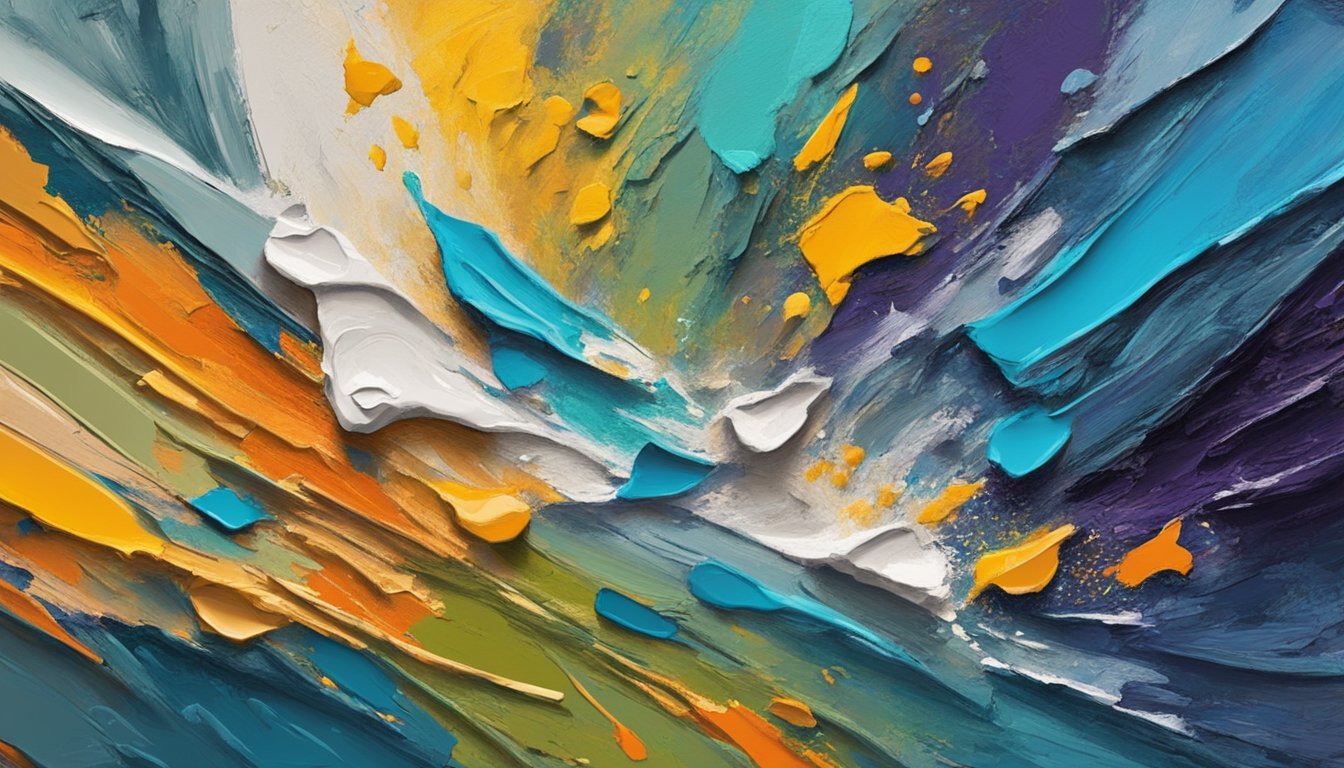
Sgraffito is a fun technique to add unique texture to your paintings.
By scratching through layers of wet paint, you reveal the contrasting base color underneath.
This can create dynamic, eye-catching effects.
To start, apply a generous layer of paint on your canvas.
Let it sit for a bit, but not too long.
Then, use a sharp tool or brush to scratch patterns or designs into the paint.
You can experiment with different tools to create various textures.
A palette knife can produce bold lines, while a pointed brush may offer finer details.
This technique works particularly well with thick applications of paint like impasto.
It adds depth and interest to your artwork, making each piece stand out.
Don’t worry about perfection.
Sgraffito invites spontaneity, allowing you to express your creativity.
Explore different colors and patterns to discover your style.
6) Use a Limited Palette for Harmony
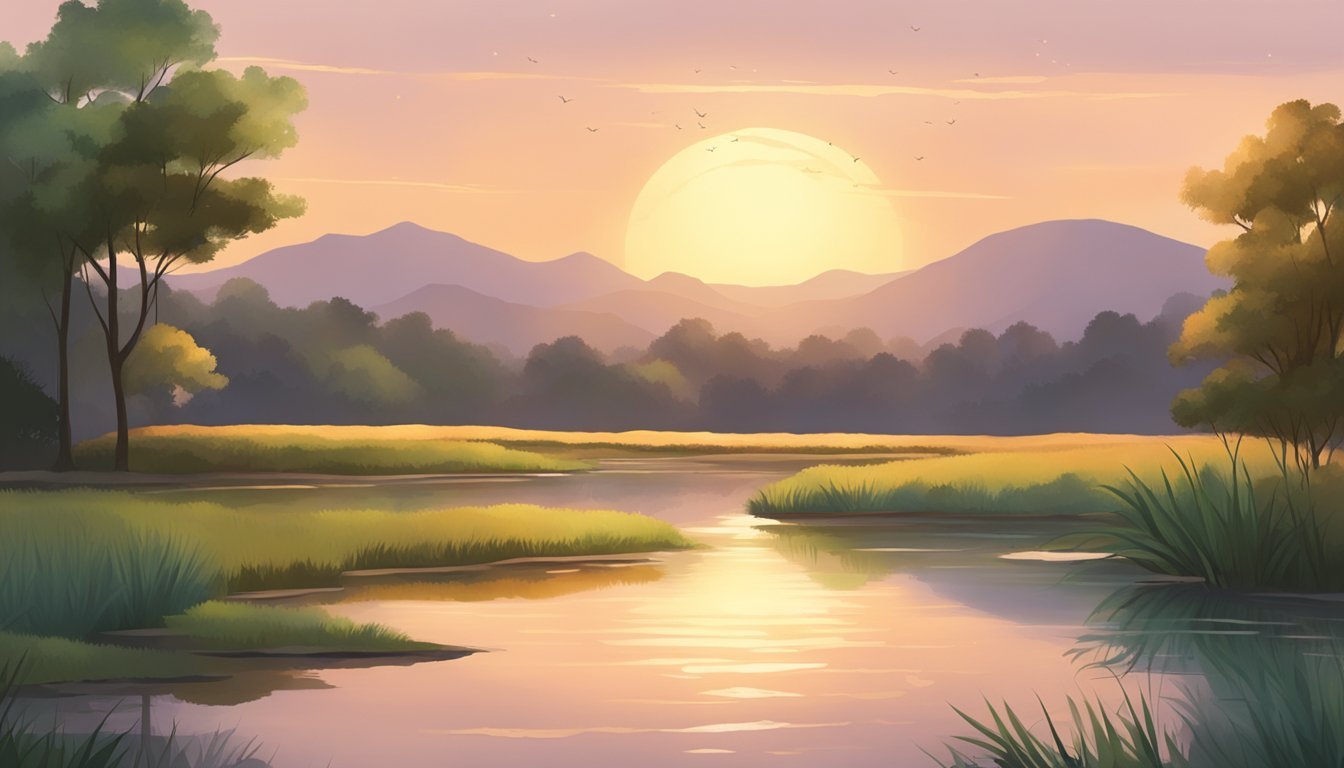
Using a limited palette can bring harmony to your artwork.
When you choose just a few colors, you create a unified look that ties your piece together.
This approach allows for better control over color temperature and value.
With fewer colors, your mixing becomes more straightforward, which helps maintain a cohesive feel throughout the painting.
You can mix a wide range of tones from just primary colors.
For example, from red, yellow, and blue, you can create greens, purples, and various shades of neutrals.
Storing fewer paint tubes also makes your workspace more organized.
It’s easier to set up and focus on your work without the clutter of numerous colors.
Experimenting with a limited palette can boost your color mixing skills.
You’ll find that working within these constraints fosters creativity, as you start to see unique combinations and possibilities.
7) Master Wet-on-Wet Techniques
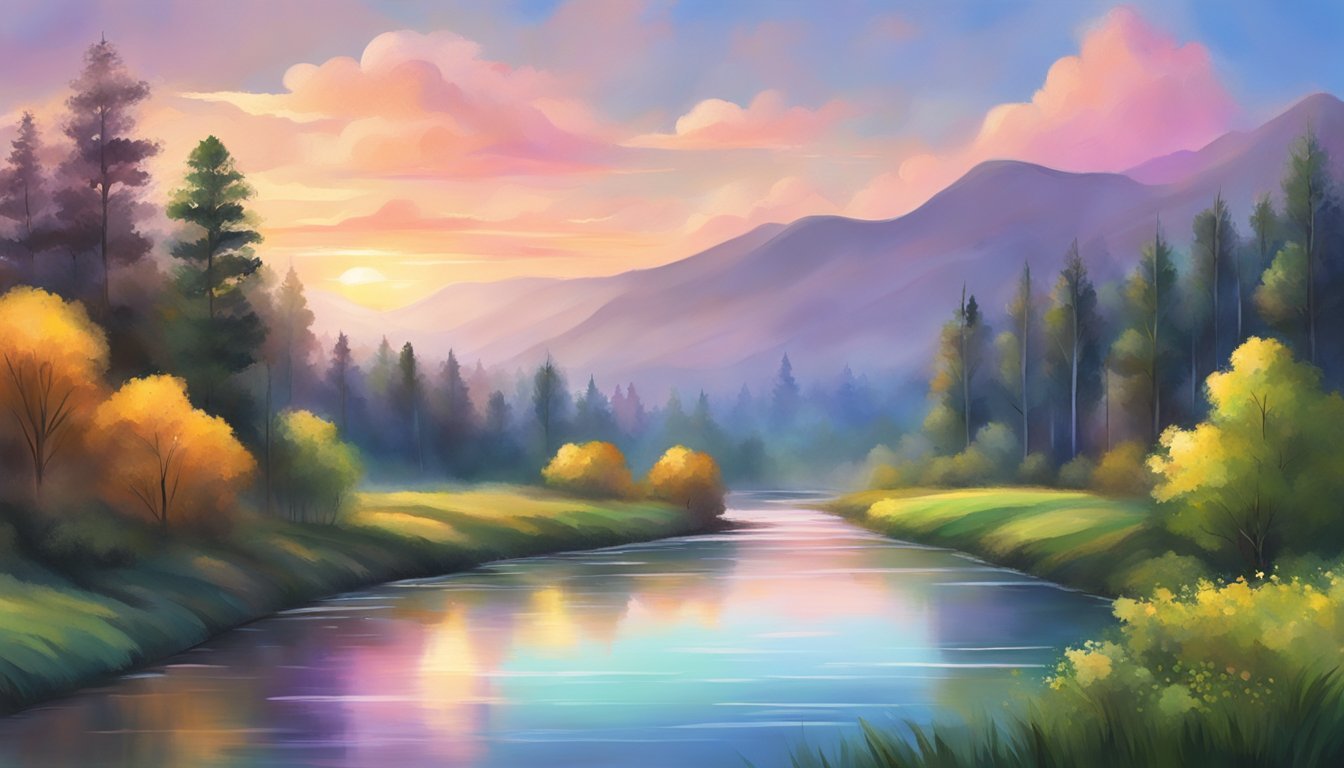
Wet-on-wet painting lets you work directly on wet paint, creating beautiful blends and soft transitions.
This technique is perfect for adding depth and liveliness to your artwork.
To get started, use a bristle or hog bristle brush.
These brushes help move the paint effectively.
This technique reduces drying time, allowing you to complete your piece in one go.
Experiment with color combinations to see what works best for you.
Don’t hesitate to try new shades, as they can dramatically change the outcome of your painting.
Practicing regularly will help you gain confidence and improve your skills.
Watching tutorials from artists like Bob Ross can offer valuable tips and inspire your creativity.
Remember, the key to mastering wet-on-wet is to keep your layers moist.
This approach gives your work a unique, vibrant look that is hard to achieve with traditional methods.
Embrace the process and enjoy the spontaneity this technique brings!
8) Implement Chiaroscuro for Drama
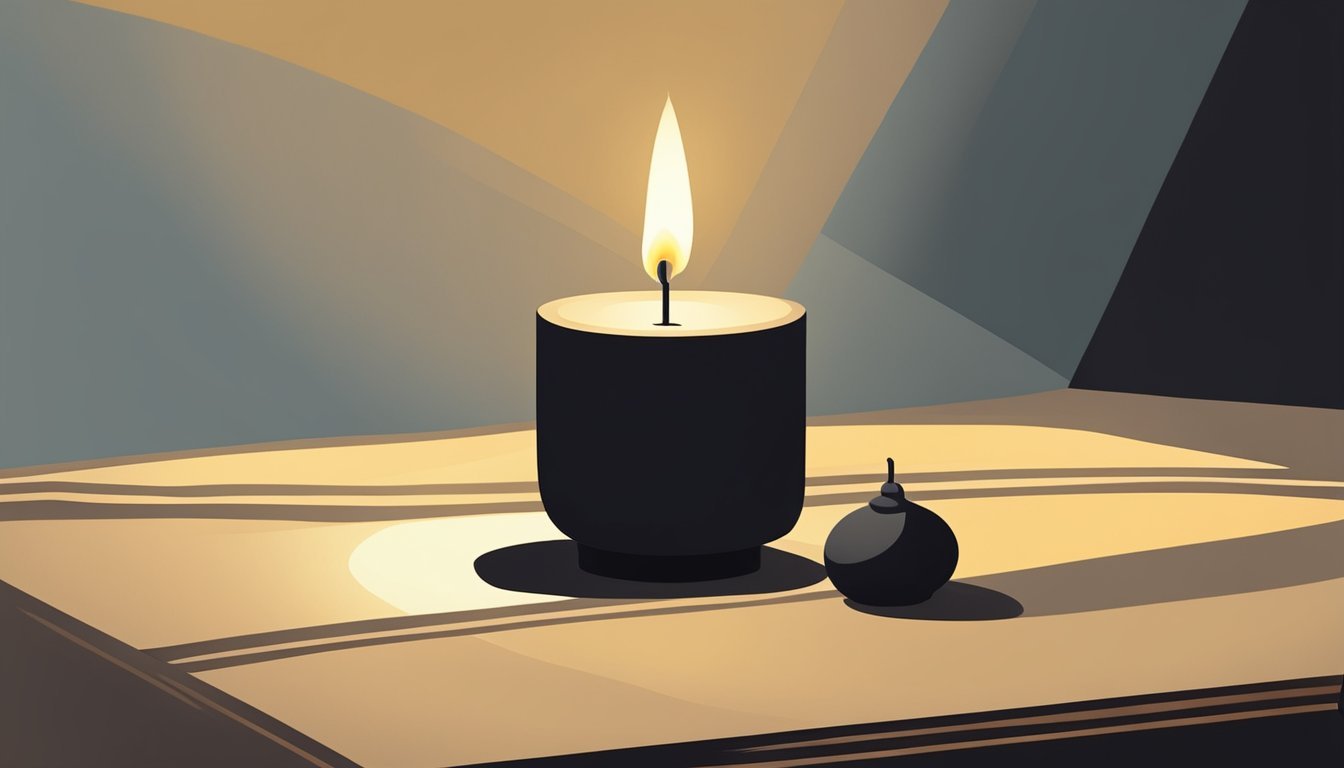
Using chiaroscuro can elevate your artwork by creating depth and dramatic contrasts.
This technique involves the interplay of light and dark, enhancing the three-dimensional aspects of your compositions.
Start by examining how light interacts with your subjects.
Identify a prominent light source to guide your highlights and shadows.
This focus will help you establish a strong focal point.
When applying chiaroscuro, think about contrasting areas.
Bright highlights can draw attention, while deeper shadows can add intrigue.
Balancing these elements helps to create tension and movement in your paintings.
Experiment with varying degrees of light and dark.
Don’t hesitate to push the contrasts further than you think might be realistic.
This bold approach often leads to compelling results and gives your work a unique signature.
Practice this technique with different materials, especially oil paints, which are ideal for blending and creating smooth transitions.
Embrace the challenge of mastering chiaroscuro; it can significantly enhance the emotional impact of your artwork and make your subjects come alive.
9) Explore Glazing Methods
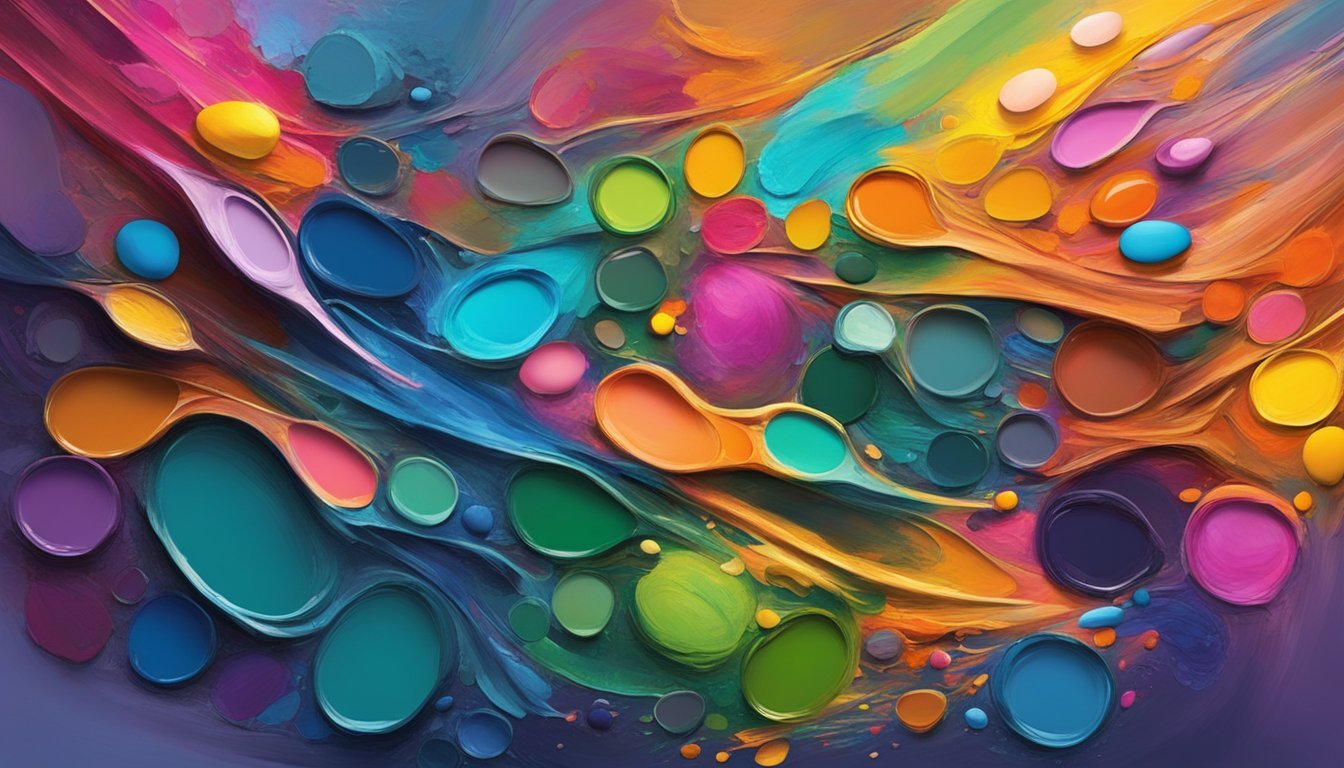
Glazing can add depth and richness to your paintings.
It’s a technique that involves applying a thin, transparent layer of paint over a dried base layer.
Start by mixing a glazing medium with your paint.
This helps create a smooth, transparent finish.
Use a soft brush to apply the glaze, making sure to work in gentle strokes to avoid disturbing the base layer.
You can build up multiple layers of glaze for added complexity.
Allow each layer to dry completely before applying the next one.
This not only enhances the colors but also creates a more vibrant outcome.
Experiment with different types of paint.
Acrylics and oils behave differently, so find what works best for you.
Watercolors also use glazing, where you apply a watered-down paint over dry layers.
Using glaze can transform your artwork, providing a unique look that is hard to achieve with solid colors alone.
Give it a try and see how it elevates your painting skills.
10) Dive into Plein Air Painting
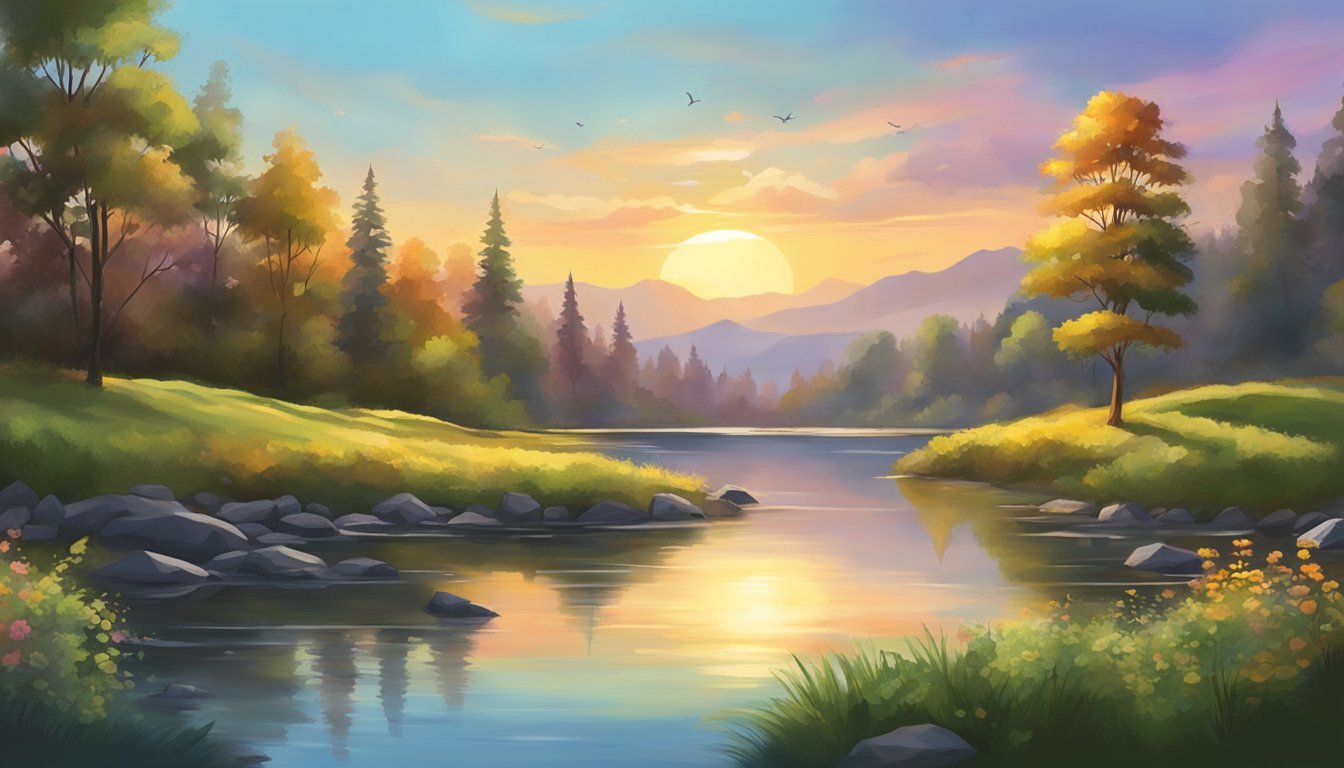
Plein air painting is all about stepping outside and capturing the world around you.
It challenges you to work quickly and adapt to changing conditions.
Start by simplifying your palette.
Limit your colors to make decisions easier when you’re on location.
A basic warm/cool primary palette is a good choice.
Choose a location that inspires you.
Whether it’s a scenic park or a bustling street, pick a spot you want to paint.
Don’t hesitate to explore new environments.
Bringing a friend can make the experience more enjoyable.
Having someone to share the moment with can boost your confidence and creativity.
Finally, be prepared for the weather.
Check forecasts before heading out, and consider bringing gear like umbrellas or hats for sun or rain protection.
Embrace the spontaneity of plein air work for a refreshing change in your painting routine.
Mastering Brush Techniques
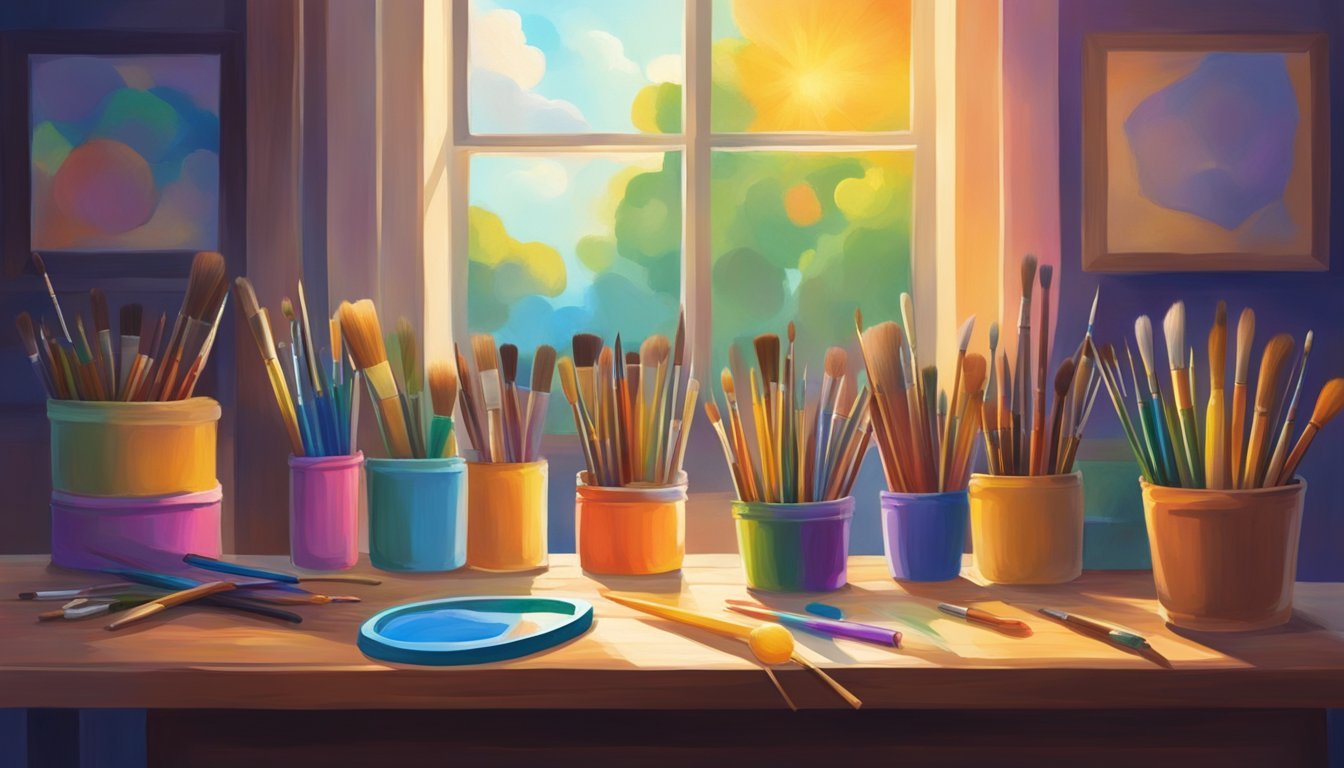
To enhance your painting skills, mastering brush techniques is crucial.
Understanding the types of brushes you use and practicing various strokes will help elevate your artwork significantly.
Understanding Different Brush Types
Different brushes serve unique purposes in painting.
Familiarizing yourself with these can open up new creative avenues.
Here’s a quick breakdown:
- Flat Brush: Great for bold strokes, filling wide areas, and creating sharp lines.
- Round Brush: Perfect for detailed work, soft lines, and creating curves.
- Filbert Brush: A versatile option that combines the benefits of both flat and round brushes.
- Fan Brush: Best for creating texture, such as grass or fur.
When selecting a brush, consider the type of paint you’re using and the effect you want to achieve.
Remember, the right brush can change how you express your creative vision.
Practicing Brush Strokes
Practice is essential for mastering brush strokes.
Start with basic strokes before progressing to more complex techniques.
Here are a few effective exercises:
- Straight Lines: Work on creating straight, even lines with different brushes.
- Curved Lines: Experiment with round brushes to create smooth curves.
- Flicking: Use a fan brush for flicking techniques to add texture and movement.
Set aside time to experiment with pressure and speed.
Varying your approach will help you discover new styles.
Keep a sketchbook handy to test these techniques, allowing you to see your progress over time.
Each stroke adds depth and detail to your work, making your paintings unique.
Enhancing Color Theory Knowledge
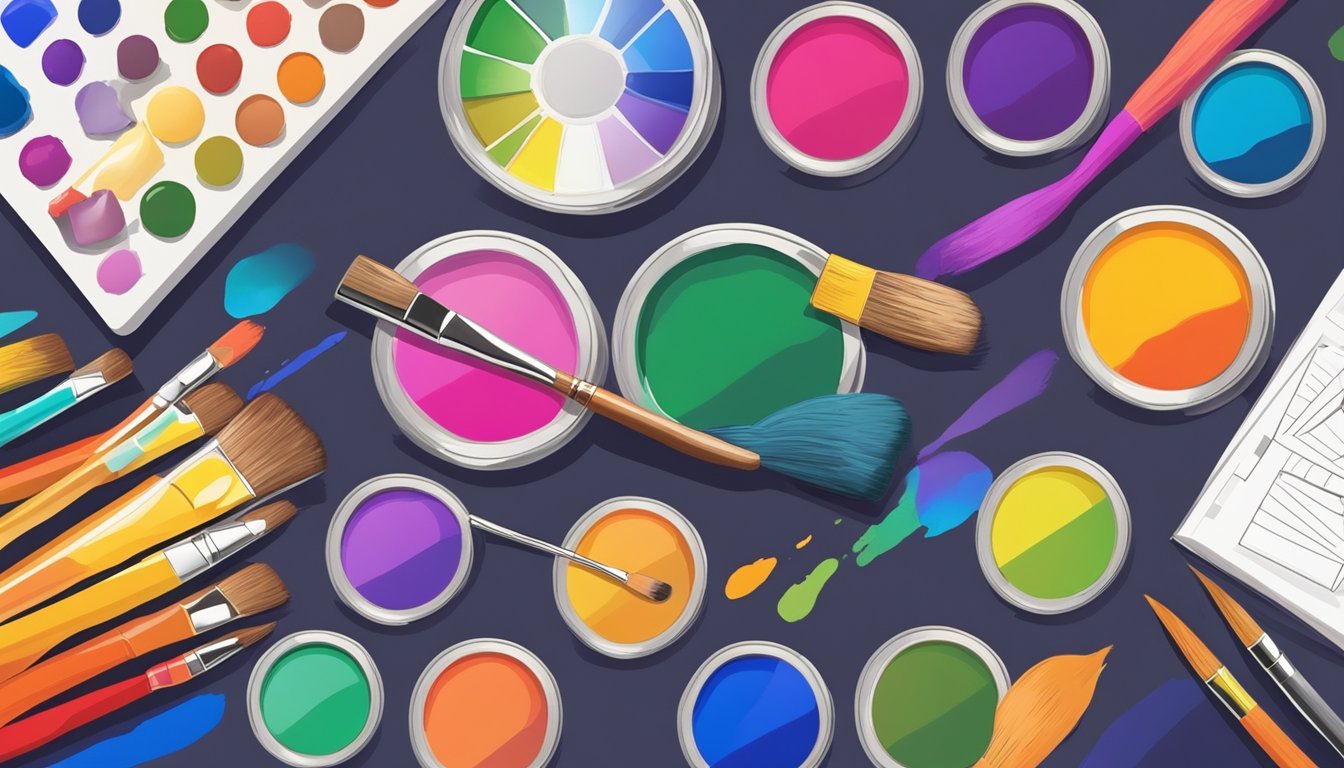
Understanding color theory is key to elevating your painting skills.
By learning about primary and secondary colors as well as mastering color mixing, you can create more vibrant and impactful artwork.
Exploring Primary and Secondary Colors
Primary colors are red, blue, and yellow.
These colors cannot be created by mixing others.
When you mix primary colors together, you get secondary colors: green (blue + yellow), orange (red + yellow), and purple (red + blue).
Familiarizing yourself with these relationships is crucial.
Use a color wheel to visualize how colors interact.
This tool helps identify complementary colors, which are opposite each other on the wheel.
Pairing complementary colors adds contrast and makes your artwork pop.
Experimenting with Color Mixing
Color mixing is essential for creating a diverse palette.
Start with the primary colors and try creating various shades.
For instance, you can mix blue with yellow to produce different greens by adjusting the ratio.
Take notes on your combinations to see which hues resonate with you.
Remember that experimenting can result in unexpected colors that enhance your artwork.
Don’t hesitate to explore mixing with white for tints or black for shades.
This approach broadens your color range and contributes depth to your paintings.


